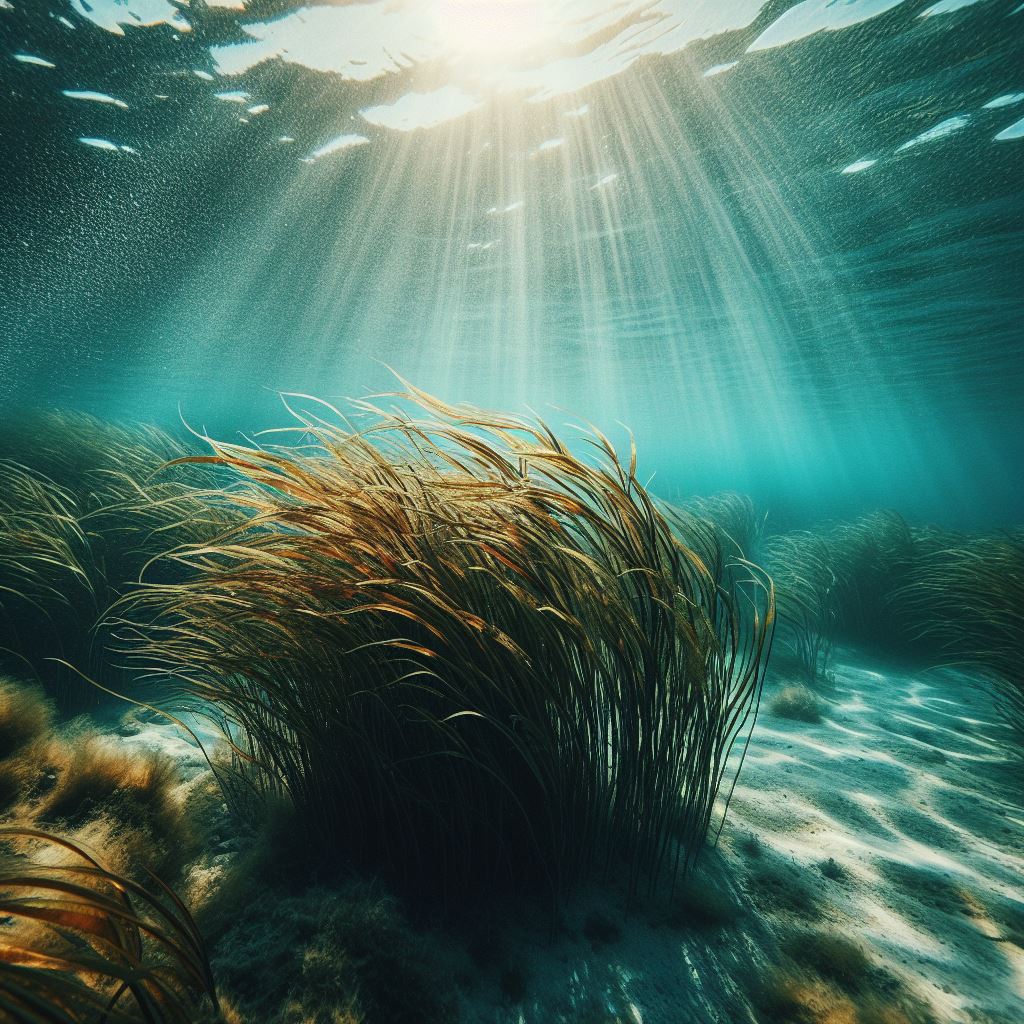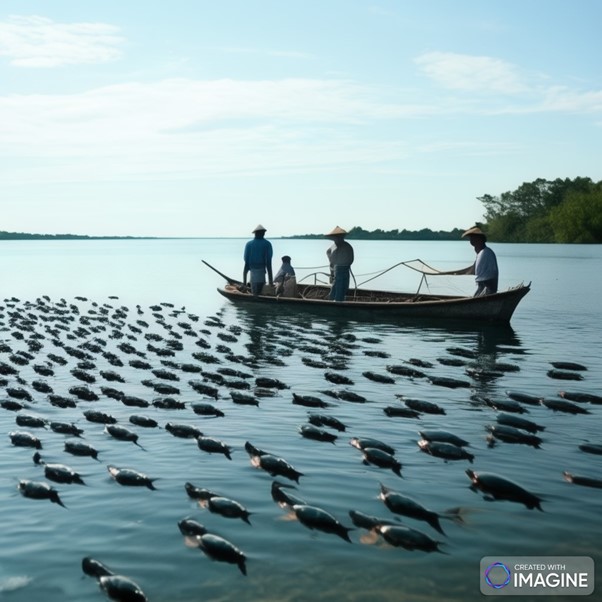By: Farah Izana Abdullah
Aquaculture waste processing technology aims to manage waste generated by aquaculture operations efficiently, environmentally friendly, and sustainably. Some aquaculture waste processing technologies include:
- Aquaculture Sludge Treatment System:
- Solid and Liquid Separation: Separating solid materials from liquid waste to reduce waste volume and facilitate management.
- Nutrient Separation: Utilizing technology to separate and recycle valuable nutrients from waste, such as nitrogen and phosphorus.
- Bioremediation:
- Microorganism Utilization: Employing microorganisms, such as bacteria or algae, to clean waste by breaking down organic compounds and reducing pollutant levels.
- Bioremediation Ponds: Using ponds filled with microorganisms to treat waste before being discharged into the environment.
- Water Purification and Filtration Systems:
- Filtration Technology: Using physical or chemical filtration to remove solids and dissolved substances from aquaculture waste.
- Water Purification Technology: Employing technologies such as ozonation or UV to clean wastewater before returning it to the environment.
- Oil and Fat Separation:
- Oil Separator: Using oil separation devices to remove oil and fat from liquid waste.
- Conversion of Waste into Energy:
- Anaerobic Digesters: Transforming organic waste into biogas through anaerobic processes, which can be used as an energy source.
- Biogas Utilization: Using the biogas produced from waste as an energy source for operational needs or electricity generation.
- Recirculating Aquaculture Systems (RAS):
- Closed-System Water Processing: Utilizing systems that recycle water to optimize water usage and reduce waste.
- Advanced Filtration: Using advanced filtration technology to remove finer solids and dissolved substances.
- Processing and Reusing Residual Feed:
- Feed Recycling: Processing leftover feed for reuse or conversion into other products.
The use of aquaculture waste processing technology not only helps reduce negative environmental impacts but can also provide additional benefits, such as cost savings and potential additional income through the utilization of products derived from waste.
Date of Input: 24/11/2023 | Updated: 08/01/2024 | izana.abdullah
MEDIA SHARING




























